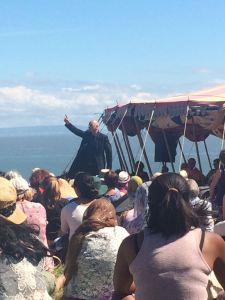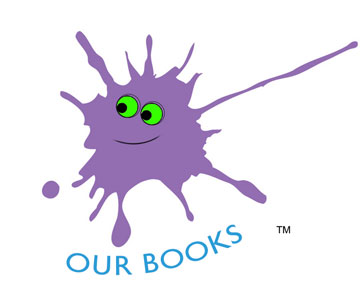 Who doesn’t love fairy tales? From that lyrical “Once upon a time”, which tells us we’re entering another realm, to the “Happily ever after”, which we all seek, children and adults alike. Of course there are fairy tales with unhappy endings, too – but you won’t see many of those on Disney.
Who doesn’t love fairy tales? From that lyrical “Once upon a time”, which tells us we’re entering another realm, to the “Happily ever after”, which we all seek, children and adults alike. Of course there are fairy tales with unhappy endings, too – but you won’t see many of those on Disney.
Now, researchers have examined the evolutionary development of fairy tales http and found many to be much older than we thought. Thousands of years older.
Sara Graça da Silva, a social scientist/folklorist with New University of Lisbon, and Jamshid Tehrani, an anthropologist with Durham University, have conducted a phylogenetic analysis of common fairy tales, using a technique that traces linguistic attributes back to their origins. The origins appear to be much older than modern linguists and anthropologists believed.
The part of the report that caught my attention was: “they started with 275 fairy tales, each rooted in magic, and whittled them down to 76 basic stories…”
 Each rooted in magic. I loved that. I don’t know about you, but I find all creative writing to be rooted in magic. That doesn’t mean it has to be about spells and fantasy. All sorts of magic can be yielded by a blank page and a quiet afternoon – though maybe not so quiet if you count the barking dogs, beeping mobile and husband yelling, “I said dinner’s ready!”
Each rooted in magic. I loved that. I don’t know about you, but I find all creative writing to be rooted in magic. That doesn’t mean it has to be about spells and fantasy. All sorts of magic can be yielded by a blank page and a quiet afternoon – though maybe not so quiet if you count the barking dogs, beeping mobile and husband yelling, “I said dinner’s ready!”
I’ve found that, like in so many fairy tales, what we end up with in our own writing is not what we started with, after all the editing and changing and rewriting is done. But, hopefully, we retain the core of the story we’re trying to tell. That’s where the magic is.
Physics teaches us that a pure element cannot be destroyed. I think fairy tales are literary creativity in its purest form and no matter how we rewrite them, edit them, disinfect or Disneyfy them, they will endure. The core remains. Stripped to its core element, the fairy tale is pure story.
Here’s how one core element changed over the centuries: Cinderella started life as Yeh-hsien, believed to have been written down by Tuan Ch’eng-shih in mid 9th century China. In the original version there was no fairy godmother; a magic fish helped Cinders. In Jacob and Wilhelm Grimm’s version, a hazel tree helped her, the ugly sisters cut off their toes and heels so their feet would fit the shoe, and their eyes were pecked out by doves. Can you imagine the collective fits of apoplexy at a Disney editorial meeting if they read that story board? I’d love to see it. 🙂

Yeh-hsien went on to be called Zezolla by Giambattista Basile in 17th century Naples, then Cerentola. Joseph Jacobs called her the Cinder Maid. Charles Perrault (end of 17th century) introduced the fairy godmother and the pumpkins and mice… And what story do you think the film Pretty Woman depicts? Same core, different clothes.
If Sara Graça da Silva and Jamshid Tehrani are right and fairy tales are more ancient than we thought (Wilhem Grimm also believed this), then these core stories are even more embedded in our psyches than we thought. Which is great news for all story tellers.
Fairy tales teach us much more than the ultimately unchanging human condition – they hold good lessons for writers too: keep structure and plot simple. Remember, “character is destiny”, and be aware that rhyme, rhythm and poetic sentence structure are important.  Symbolism is universal. The words “once”, “long ago”, “far away” and “for ever and ever” can give us instant access to the reader’s unconscious, especially children.
Symbolism is universal. The words “once”, “long ago”, “far away” and “for ever and ever” can give us instant access to the reader’s unconscious, especially children.
I’m delighted that, as a storyteller, I’m carrying on an ancient tradition and, yes, I believe it is rooted in magic. As writers, we can take these cores and dress them in whatever finery we choose. And that feels magical, too.
Kay Leitch
Treasure This
Pictures courtesy of pixabay.com













